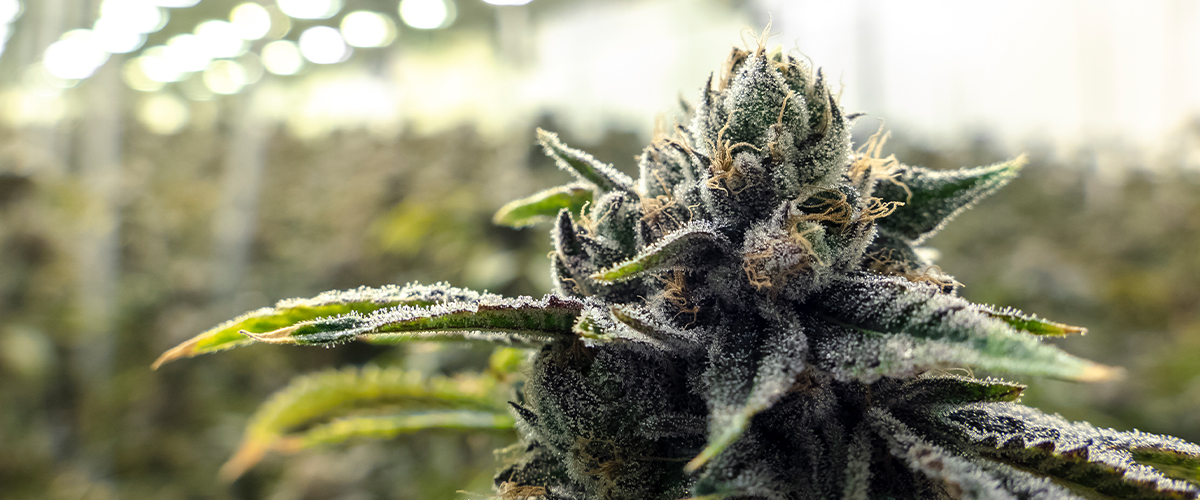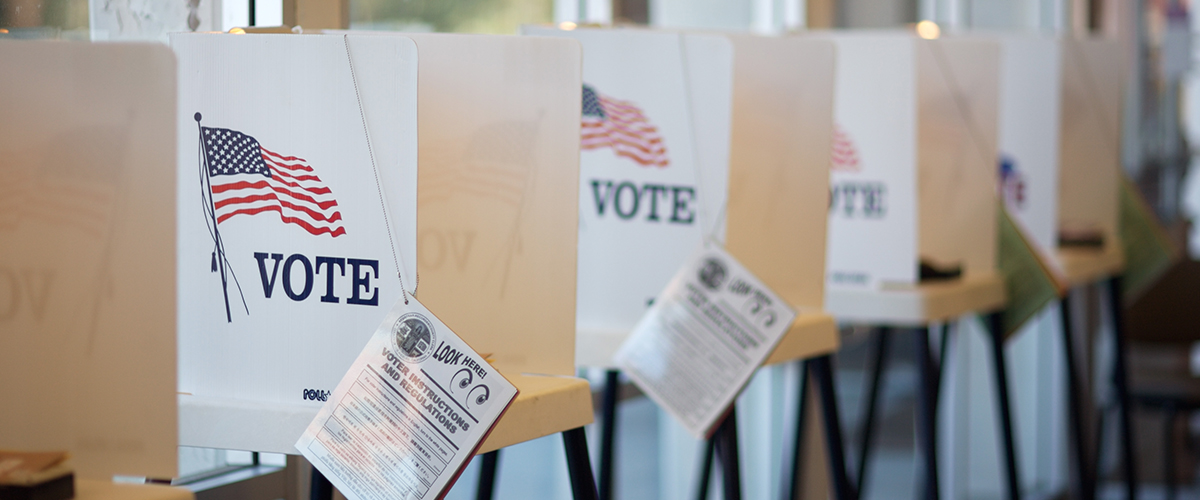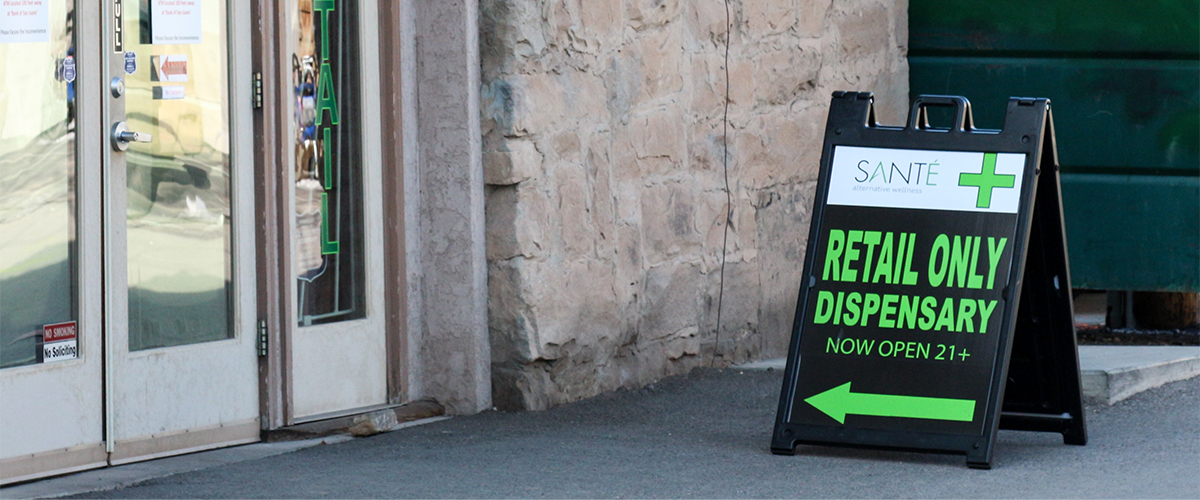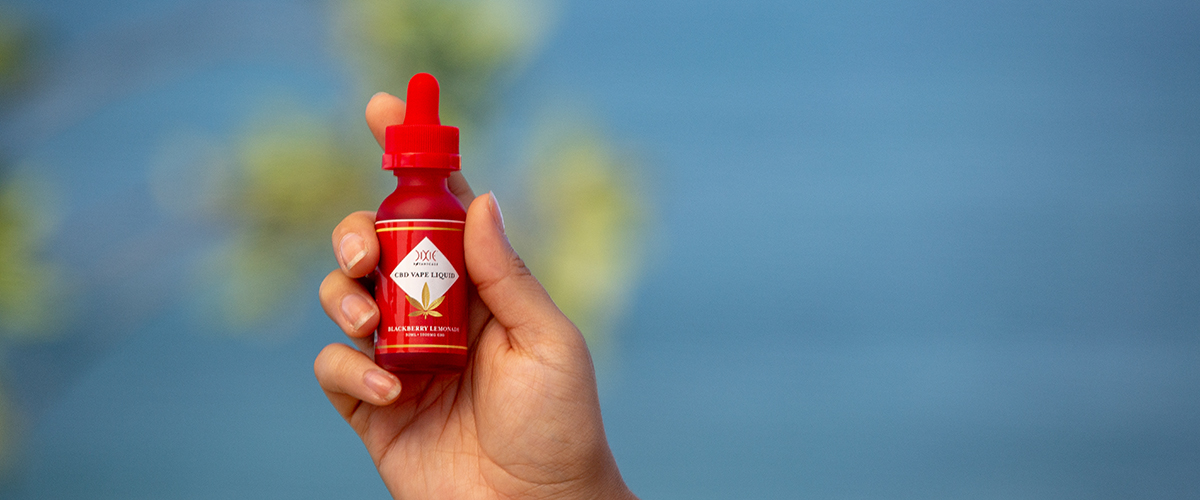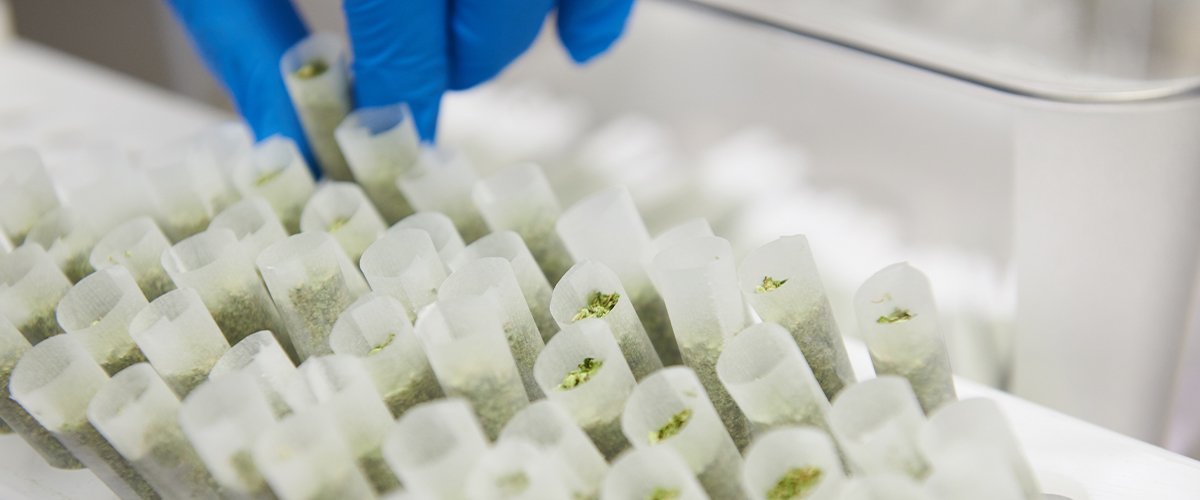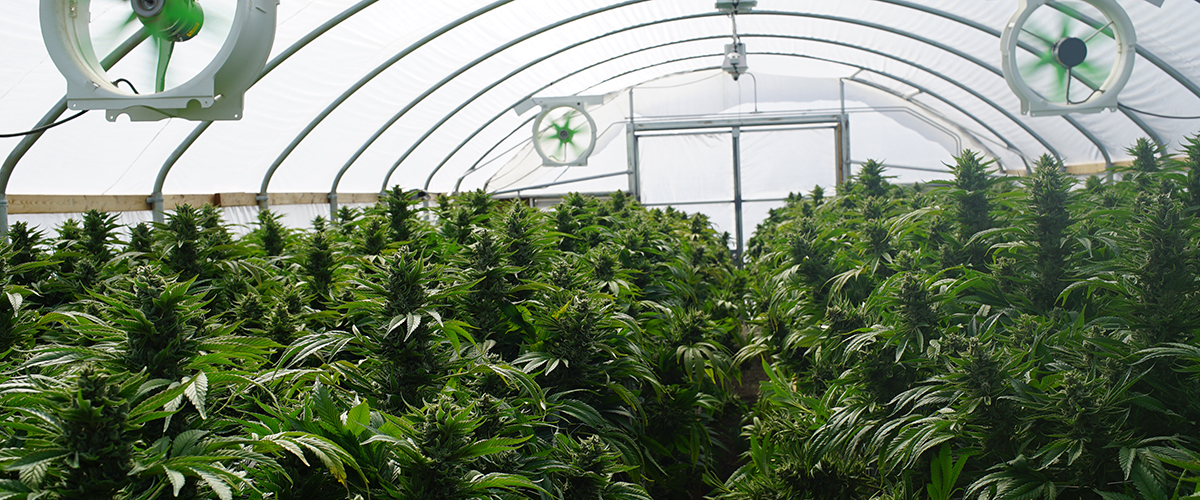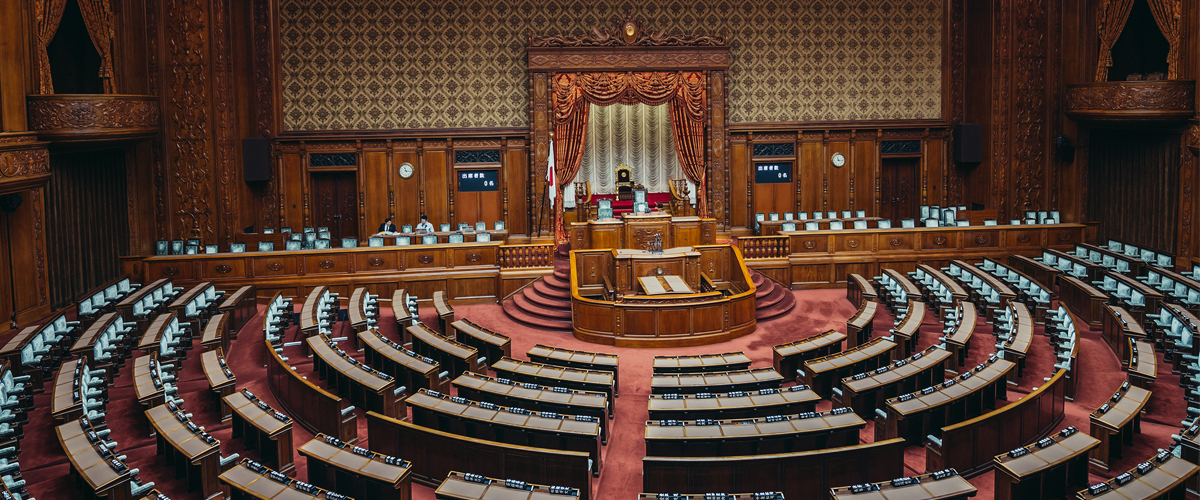In many ways, the cannabis industry of today is unrecognizable to that of ten years ago and more. Here we explore the maturing cannabis industry and look at where it is headed.
The cannabis industry in the U.S. and worldwide has grown out of the black market to become a billion dollar force, disrupting everything from the pharmaceutical and wellness industries to the beauty products market and leisure industry. As Medical Marijuana, Inc. celebrates our 10 Year Anniversary, let’s take a moment to look at how the cannabis industry has transformed over the last ten years.
Cannabis Remains in a Legal Gray Area
10 years ago, the cannabis industry in the U.S. was still very much in its infancy. It was just over a decade since California became the first state in the U.S. to legalize medical marijuana, a radical idea at the time (1996) that received pushback from the federal government.
Then, 2009 began with an announcement from U.S. Attorney General Eric Holder that directed the DEA not to pursue raids on state legal marijuana dispensaries. Later that same year, Holder’s office announced that it would not prioritize prosecution against legal medical marijuana patients.
These moves in the opening year of the Obama administration made it clear how the federal government intended to approach state legal cannabis operations and consumers, leaving the industry feeling confident enough to grow with less fear of prosecution.
However, at times during the Obama era, raids would continue at the local, state, and federal level, causing friction between marijuana businesses, legal cannabis states, and the federal government. Despite this, the legal cannabis industry continued to grow.
In 2014, the cannabis industry was given further protections by Congress when it passed the Rohrabacher-Farr Amendment, which prohibited the use of funds to prevent states from enacting laws legalizing marijuana. With the retirement of Rep. Sam Farr, (D-CA), the law became the Rohrabacher-Blumenauer Amendment. This amendment has been attached to the government’s omnibus spending bill since its first passing, continuing its protections for legal cannabis states to create their own marijuana regulations without interference.
Then, with the start of the Trump administration in 2018, new U.S. Attorney General Jeff Sessions made it clear where the cannabis industry stood as long as he headed the Department of Justice when he took steps to roll back Obama era protections for legal cannabis businesses and consumers.
Jeff Sessions resigned late in 2018, leaving a vacancy for the U.S. Attorney General post. Trump’s nominee to replace Session is William Barr. In written responses to U.S. Senators, Barr confirmed that he will not crack down on legal cannabis businesses, potentially giving the industry the breathing room it needs to grow.
Shifting Perceptions on Cannabis
The cannabis industry also benefited from a radical shift in the perception of cannabis over the past ten years. This shift has come as politicians, the medical community, and the public have become more favorable towards marijuana.
In 1996, when California became the first medical marijuana state, just 25 percent of voters supported legal cannabis. In 2009, the year Medical Marijuana, Inc. went public, the majority of voters in the U.S. were still against the legalization of marijuana, but the gap was narrowing, with 44 percent of voters in favor. Now, opinion has shifted. The majority of voters in the U.S. now favor nationwide recreational marijuana legalization, and in the minds of many, federally legal marijuana now seems like an inevitability.
Legalization of Medical Marijuana Spreads
With this increase in support for cannabis, medical marijuana has grown in our country. 10 years ago, there were just 13 states in the U.S. with full medical marijuana programs. That number has now jumped to 33 states as support of medical marijuana has grown to an incredible 94 percent of adults polled. Support for medical marijuana has also come from veterans, politicians, and healthcare professionals. This trend is expected to continue as a recent study hinted that patients may prefer medical marijuana over prescription medications.
Recreational Marijuana Begins
California was the first state to attempt independent, state-level cannabis legalization in 1972 with Proposition 19, but the law failed to gain the 66.5 percent of the vote it needed to pass. In 2010, one year after the launch of Medical Marijuana, Inc., California again failed to pass voter approved recreational cannabis.
Then in 2012, Colorado and Washington became the first two states in the country to legalize the recreational use of marijuana. Oregon, California, Nevada, and Massachusetts would pass their own recreational marijuana laws in the following years. There are now a total of 10 states, along with Washington, D.C., that have legalized recreational marijuana.
Legalization has come with some unexpected benefits for communities that embraced it. Marijuana dispensaries have been shown to increase a neighborhood’s property value, and unlike opponents to legalization warned, teen use of marijuana has not gone up. In fact, teen use is at its lowest levels in 22 years. Cannabis tax revenue has been used to improve roads, create college scholarships, house and feed the homeless, and more.
With advantages like this, states like New York, New Jersey, Connecticut, Illinois, and Rhode Island are all eying potential cannabis legalization in coming years.
You can learn more about changes to cannabis policy in the U.S. and around the world on our news feed, or you can find cannabis laws by state on our marijuana legalization map.
CBD Gains Attention as Part of Cannabis Industry
Medical and recreational marijuana aren’t the only sectors of the cannabis industry that are experiencing growth. The hemp derived CBD market has also experienced booming growth over the past ten years.
Despite being non-intoxicating due to its incredibly low levels of THC, hemp was routinely lumped in with its illicit cousin marijuana, leading to laws banning its cultivation in the U.S. and a negative stigma in the minds of many.
Medical Marijuana, Inc. was the first company to distribute mainstream CBD brands nationwide, creating the CBD hemp oil market in 2012 with brands like Dixie Botanicals® and Real Scientific Hemp Oil™. We worked hard to overcome these negative attitudes regarding hemp by educating law makers, health professionals, and consumers around the world about the differences between hemp and marijuana and the advantages of a daily CBD regimen.
Since then, CBD has moved beyond the cannabis market and has taken hold as a major ingredient in a number of major markets. Because of this, the CBD market in the U.S. has experienced significant growth, with CBD being infused into foods and beverages, botanical tinctures, beauty products, vapes, and more. CBD is even prescribed as a medication in some countries.
With the legalization of a domestic hemp industry in the U.S. due to the passing of the 2018 Farm Bill, the hemp industry in the U.S. is set to explode in coming years. The hemp-derived CBD market alone is anticipated to grow to $22 billion by 2022 as hemp becomes a legal source of cannabinoids. About 7 percent of Americans now use CBD products, a number that could reach up to 10 percent by 2025.
Cannabis Industry Innovation
One of the reasons that cannabis has been able to take its place as a major influence over U.S. and global industries is that companies focusing on cannabis have been quick to adapt strategies successful in other industries and are eager to bring innovation to this specialized market.
Cultivation technology has also impacted the cannabis industry’s ability to grow. Improvements to lights, growth mediums, and more have made it possible for growers to produce more cannabis of higher quality. The availability of quality cannabis has helped fuel the surge in popularity of cannabis and has led it to becoming a viable alternative to products like alcohol and medications in the legal medical and recreational markets.
Innovation in cannabis testing has also allowed the industry to ensure that the products being distributed to consumers are safe, reliable, and of the highest quality. A decade or more ago, when the legal cannabis industry was just beginning in many regions, cannabis quality and safety testing at any level was rare, and when it was conducted, it was usually voluntary.
As the industry has matured, most legal marijuana states have now enacted some level of 3rd party testing requirement for cannabis products as a way to regulate the industry and protect cannabis consumers.
Medical Marijuana, Inc. was a pioneer of cannabis testing, being the first mainstream CBD product line to voluntarily test our products at three points in our cultivation and manufacturing process, taking advantage of a 3rd party testing lab to verify the integrity of all our products.
The cannabis industry has also benefited from automation. From filling pre-rolled joints and vape cartridges to trimming dry cannabis flower and manufacturing edibles, the cannabis industry has been able to scale to keep pace with demand largely due to automation that allows companies to do in minutes what previously took hours.
Automation also allows companies and governments to track cannabis through cultivation, manufacturing, and retail. This helps to control inventory, ensure compliance at all levels, and prevents product from leaking onto the black market.
Around the country, cannabis companies are preparing for nationwide legalization by ramping up capacity and preparing to meet increased demand. Capitalizing on innovations like automation can help make sure the industry is prepared for further growth through legalization.
Interest from Mainstream Brands
For most of its history, the cannabis industry has been avoided by large companies due to its questionable legality in the eyes of the federal government. This has allowed smaller mom and pop businesses to thrive and for some even become major players in the cannabis industry in their own right. Now that cannabis legalization seems like an inevitability, larger brands are expressing interest in entering the market, either with THC or CBD products.
The media went crazy with reports that Coca-Cola was considering entering the cannabis industry with CBD-infused products, by far the biggest consumer brand to hint at a possible entry into the cannabis market.
Constellation Brands, maker of alcohol brands like Corona, Svedka, Modelo, and Robert Mondavi, has also made a move to enter the cannabis market by investing $3.8 billion in Canopy Growth, the major Canadian cannabis business formerly known as Tweed Marijuana, Inc.
Similarly, Altria Group, the biggest tobacco company in the world and the maker of Marlboro cigarettes, reportedly invested approximately $1.8 billion into the Cronos Group, one of Canada’s major cannabis producers.
Beauty product company Estee Lauder has also been suggested as a potential player as CBD makes its way into a range of beauty products. The beauty industry was worth $532 billion globally in 2017 and is expected to reach $863 billion by 2024.
Ten years ago, major mainstream brands like these were showing no interest in the still illicit cannabis market. However, as recreational marijuana legalization spreads at the state level and proves to be a lucrative market, many successful national and global brands are preparing for potential legalization at the federal level.
As public opinion on cannabis continues to shift and legalization spreads, more mainstream companies may look to enter the cannabis market. In turn, this infusion of cash from big businesses looking to move into the cannabis market could help drive cannabis further into the mainstream, adding to its potential for growth.
Next Steps
The cannabis industry has come a long way since its roots on the black market. As legal cannabis enters its third decade, the industry looks on with anticipation of nationwide legalization of recreational and medical cannabis in the U.S.
A bill has been introduced that would allow state to regulate marijuana independently. The Ending Federal Marijuana Prohibition Act of 2019 would remove marijuana altogether from the Controlled Substances Act, eliminating the potential of the federal government cracking down on states that have legalized medical or recreational marijuana.
Other recent bills to legalize marijuana, such as the Marijuana Justice Act, introduced by Sen. Cory Booker (D-NJ) and the Marijuana Revenue and Regulation Act, introduced by Sen. Ron Wyden (D-OR), take a similar approach.
As the cannabis industry continues to mature, Medical Marijuana, Inc. will bring you developments as they unfold. You can learn more cannabis in our cannabis education section, and about changes to cannabis policy in the U.S. and around the world on our news feed, or you can find cannabis laws by state on our marijuana legalization map.

